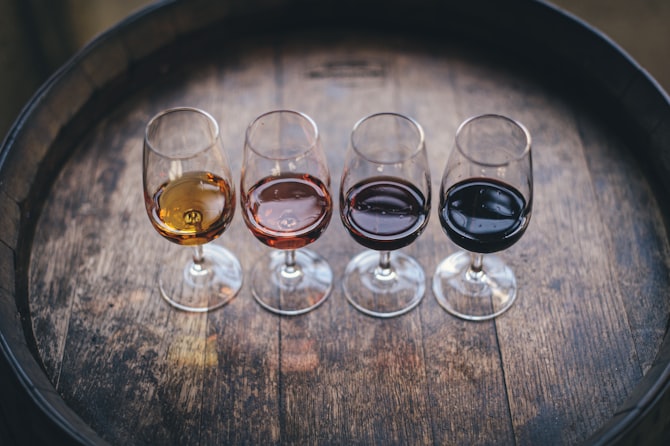Ever since I was a little kid, I have loved to travel. My parents, being natural history film producers, went around the world and sometimes dragged me (and my sister) with them. I still remember many of the new flavor experiences, the different scents, and the new rituals around food that we encountered. Some places, like Australia or USA, had food cultures that were both quite familiar and at once added a touch of something unknown. I particularly remember eating “bugs” in Australia - similar to lobster but with an awful name, or the most juicy, ripe grapefruit in the Amazon jungle. In other places, the familiarity was more or less completely eclipsed by the strangeness. A very odd soup with slimy sago pearls served out of coconut shells in Western Samoa or a wobbly jello mound with marshmallows and carrots in Utah. But had I never tried, how would I know I didn’t like it?
Scents and flavors become some of our strongest connections to memories past and reminders of places far far away. Proust had his madeleines but I’m happy to say I have a myriad of scents and flavors that can instantly transport me to foreign lands. Is it so strange then that we learn to recognize what part of the world a wine comes from by those same factors? Sure, it is not a question of what spices are thrown in, as it is in cooking, but the temperature and climate of a place affects not only the culture and the vegetables grown there, but also the style of the wine. Do you think you know too little about wine to be able to tell if a wine is from Argentina or from France? Well think again - you can probably recognize a Swedish strawberry from a Spanish one. It’s the same with wine - if you can do the one, you can probably do the other. Because of this unique and fantastic reflection of the location on the style of the wine, it is possible to travel the world without leaving your kitchen table.
Last night, with a few lovely people from the National Geographic Society, we took a quick trip across continents. Picking one grape, in this case syrah (or shiraz which it is often called in Australia and other warmer countries), we experienced the effect that climate and soil has on the unique style of the wine. These were not wine professionals, but after a quick discussion of what sun and heat does to the grape, they had no trouble guessing what glass contained which wine. We started in the birthplace of syrah - the Rhône valley in France - and picked up the telltale white pepper scent so typical of Crozes-Hermitage. We talked about how lots of sun brings more fruity, full-bodied ripeness to syrah and landed in Argentina. We talked about how well-made Aussie shiraz (this time the fabulous Alpha Box & Dice 2003 Apostle Shiraz) can age well and become silky with tones of leather and tobacco. It was quite a lovely evening, and not once did it become snobbish. Talking about wine doesn’t have to be - we just need to remember that it’s fun to discover wine origins the same way we should remember to keep our explorative edge when we travel. Only then do we get maximum enjoyment out of our wanderings.
Maybe it is because of my joy of travel, my desire to explore, that I want my wines to show me their origins. Wines made in “the international style” (over-the-top fruit-bombs with lost of oak) can’t tell me where they came from. It’s like going to Marocco and staying at a Ving Resort. Maybe what we need that ease and brainless relaxation once in a blue moon, but in no way do I consider it “real” travel. There is too much in the world I want to discover, both when it comes to physically going to new countries and through wine. Thus, for both my destinations and my bottles, I can’t help but long for an expression of a sense of place.









